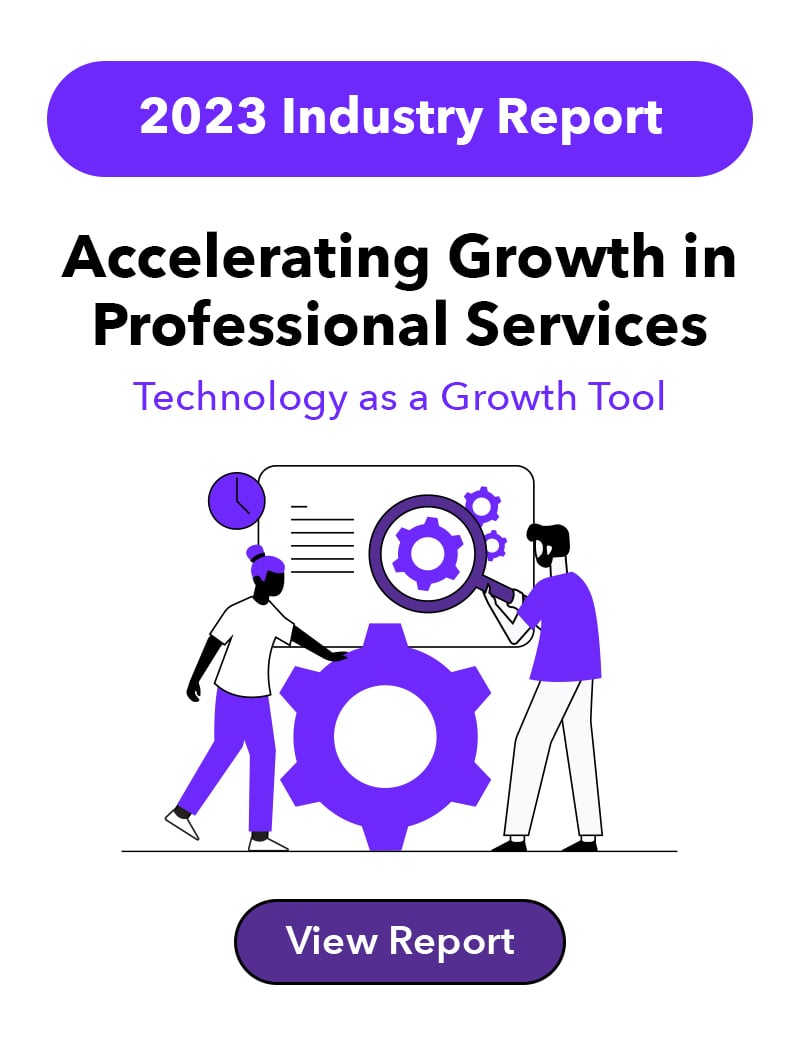As professional services firms adapt to the ever-evolving business landscape, the role of document generation has become increasingly critical. Marketing teams depend on these documents - like pitch decks, case studies, CVs, proposals, reports, etc., but creating these manually quickly becomes tedious and time-consuming.
When you’re trying to adapt to a competitive environment and churn out pitch after pitch, you need efficiency. Document generation as a practice has a long way to go to support these emerging needs.
Here are four of the main problems I believe we need to solve to get it there.
Problem 1: The Need to Change Your Data to Fit the Tool
An issue I often see is that instead of your tools seamlessly integrating with their data, users find themselves altering their data to make it compatible with the tools. This can lead to data inconsistencies and a significant waste of time, as you have to format data in multiple ways to meet the tool's requirements.
Consider an example inspired by a leading financial institution that uses Pitchly. They store currency values in their database as a number and a three-letter currency code. However, they want to display the currency value in their documents with the currency symbol rather than the code.
Normally, this would require adding a new field to the database with the currency symbol and referencing it in the document. The need to add data to your database just to accommodate the limitations of the tool is not only time-consuming but also creates the potential for data inconsistencies.
That’s a relatively simple example, but the time sink is still considerable. More complex scenarios, such as fetching data from other records in different tables and incorporating it into a document template, compound the problem.
Most existing tools struggle with such intricate data manipulation, forcing users to clone data from other records into a single record, just to be able to display that data in their documents. This approach not only complicates the process but also incurs higher professional service costs, resulting in longer time-to-value and increased expenses for the customer.
One of the other significant problems with this is that your data now becomes fit for purpose, which isn’t a good thing in this context because it means you now can’t easily use that data for other purposes, or if you do, the number of fields balloons to the point where it becomes unmanageable.
Problem 2: Complex Setup Processes
Complex setup processes are another hurdle that users face with many document generation tools.
These tools often require users to input special syntax within their documents, which act as placeholders for data. While this approach works, it creates a steep learning curve for users, especially when dealing with conditional logic or advanced data processing.
For example, using conditional logic often involves learning how to write syntax like this:
![]()
This syntax can be intimidating for users, making them feel like they need to learn how to program to make minor adjustments. Plus, if they do make a mistake, they have to go back to the document, correct it, re-upload the entire document, and try again.
This process is time-consuming, and it makes even simple changes a cumbersome task.
Our solution at Pitchly has point-and-click and drag-and-drop functionality, making document generation tools visual, intuitive, and user-friendly. This approach levels out the skills needed to successfully use these tools, ensuring that users don't need extensive technical expertise to generate documents efficiently.
Problem 3: Inability to Perform Complex Logic
Document generation tools often fall short in handling complex logic within documents, posing significant challenges for users. This limitation inhibits the creation of truly adaptive and dynamic templates that can automatically adjust content based on intricate conditions.
As a result, users are forced to resort to inefficient manual adjustments, which consume time, introduce the risk of errors, and drive up operational costs. This constraint also limits the scope of personalization, compliance, and adaptability in rapidly changing business environments.
Moreover, in regulated industries, document generation tools lacking complex logic capabilities may struggle to ensure full compliance with intricate rules, leading to potential regulatory issues and inaccuracies in documents. The inflexibility to swiftly adapt to changes and the missed opportunities to include valuable data-driven insights further exacerbate the problem.
The ideal document generation tool should empower users to create dynamic templates that can automatically adjust content based on complex conditions, making documents more accurate, compliant, and personalized while enhancing their value.
Problem 4: Templates are Time-Consuming to Create
Creating document templates can be a tedious and time-consuming process, especially when it involves collaboration with a vendor's professional services team. In many cases, if a mistake is made in the template, users need to return to the document, correct it, and re-upload the entire document. This trial-and-error approach not only consumes time but can also lead to frustration.
To overcome this challenge, document generation tools should aim to reduce the time to value and eliminate the feedback loop. Users should have the ability to see the results of their changes in real-time.
Many existing products lack this real-time capability due to their workflow. Users often need to contact the vendor and have them update templates, causing unnecessary delays and dependence on third parties.
Ideally, tools should empower users to make in-the-moment updates to templates themselves, reducing the need for external intervention. This not only streamlines the document generation process but also provides users with greater control and flexibility.
Could AI come to the rescue?
AI has taken the world by storm, and many tools now claim they can generate documents quickly and easily using AI. While that is true, our client base wants 100% accuracy and consistency. While AI can get you potentially 80% of the way there in terms of design and aesthetics, our client base often requires sophisticated output that is capable of turning their firm data into repeatable content for use across their documents.
When you get into the weeds of the complexities that come with creating documents based on your firm data, there are many necessary connection points. In many cases, AI is going to be unfamiliar with your specific firm data in order to fill in the appropriate blanks.
AI is also great at reproducing what it has seen before. This is the crux of how AI works - it repeats a pattern of previous behavior. What it’s not great at is producing output it has not seen before.
Depending on the complexity of your business logic, your output could potentially have thousands of permutations, and it would be unlikely that AI could get them all 100% correct based on your business data.
Our client base requires 100% accuracy, and often not having that accuracy can cost you in steep regulatory penalties and the consequences that come with inappropriate information disclosure.
Modernize your document generation process
The modern document generation toolset needs to evolve to meet the needs of professional services firms.
Users should not have to change their data to fit the limitations of the tool; instead, the tool should seamlessly adapt to their existing data. Complex setup processes need to be simplified through intuitive interfaces, and the ability to perform sophisticated logic should be a standard feature in document generation tools.
Learn more about how to modernize your document generation process with Pitchly’s content generation solutions.
 Oct 17, 2023
Oct 17, 2023




